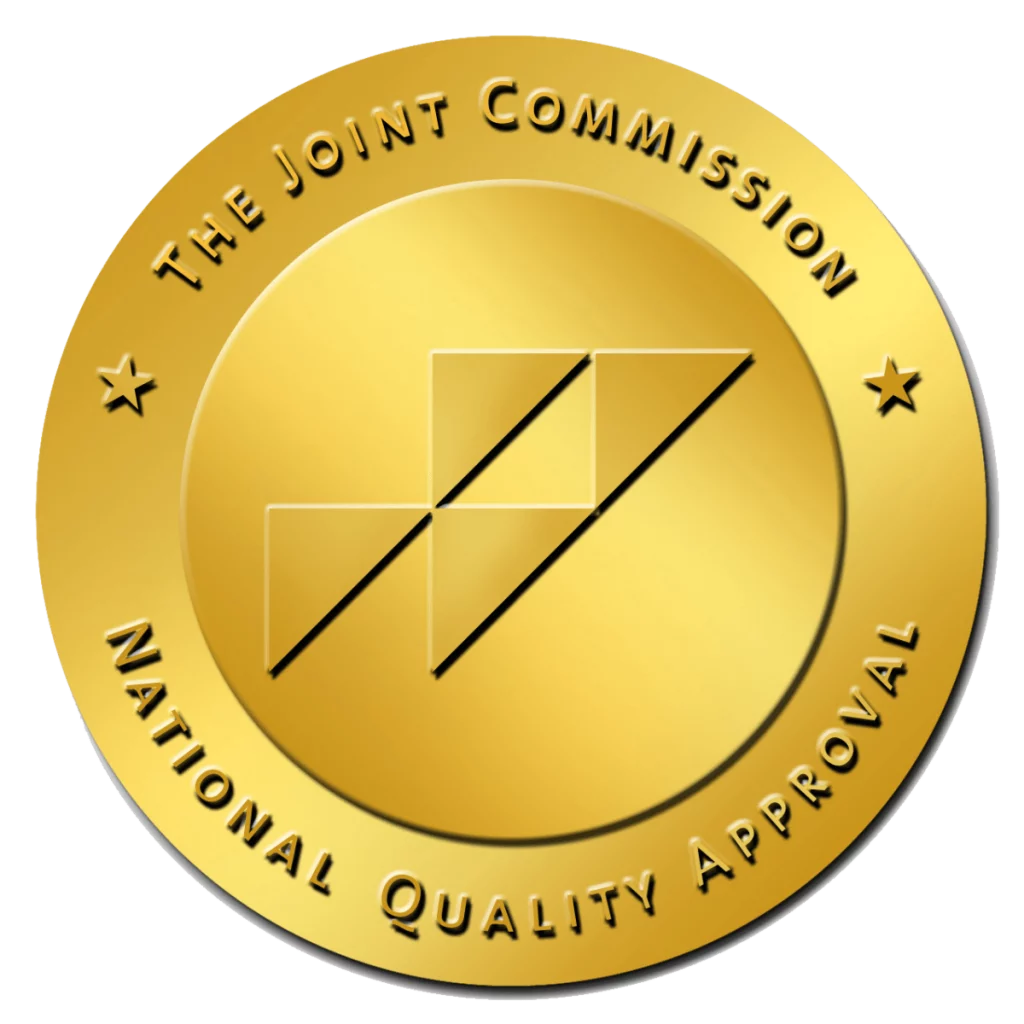Living with a mental health disorder can be difficult—and many day-to-day challenges are exacerbated by the misconceptions surrounding mental health. Here, the team from Raleigh Oaks Behavioral Health aims to debunk 7 common myths to encourage people struggling with their mental health to get the care they need.
Myth #1: Only Certain Types of People Suffer From Mental Health Disorders
Dispelling this myth encourages a more compassionate understanding of mental health challenges within diverse communities. The reality is that mental health disorders do not discriminate based on age, gender, race, or socioeconomic status. They can affect anyone, regardless of their background.
Mental health disorders are far more common than many realize. According to the Centers for Disease Control (CDC), one in five adults in the United States is currently living with a mental illness. One in 25 adults meets the criteria for being diagnosed with a serious mental illness such as schizophrenia or bipolar disorder.
Myth #2: People With Mental Health Disorders Are Violent and Unpredictable
The media often promotes the idea that people with mental health disorders are inherently violent or unpredictable. This couldn’t be further from the truth. The majority of people with mental health conditions are not violent, and the link between mental health and violence is often overstated.
If you’d like to learn more about the relationship between mental illness and violent behavior—including why substance abuse increases the risk of violence in vulnerable populations—the American Psychological Association (APA) covers this topic in-depth on their website. Their insights are particularly helpful for family members who are concerned about their own safety as they work to get their loved one appropriate treatment.
Myth #3: Self-Harm Is Simply Attention-Seeking Behavior
There is a harmful misconception that individuals who engage in self-harm are doing so for attention. In reality, self-harm is often a coping mechanism for intense emotional pain.
According to the National Alliance on Mental Illness (NAMI), self-harm is not a mental illness on its own. However, the behavior is associated with several different mental health conditions—including borderline personality disorder, depression, eating disorders, anxiety, and post-traumatic stress disorder. Self-harm is most common among teens and young adults, but the behavior can continue throughout a person’s life if they don’t have access to resources to help them develop better coping skills.
Myth #4: You Can Just ‘Snap Out of It’
Telling someone with a mental health disorder to “snap out of it” is dismissive and oversimplifies the complexity of these conditions. Mental health challenges are not a choice.
One of the most important reasons that people can’t just decide to become better on their own is that several different factors contribute to the development of a mental illness. Genetics, brain chemistry, childhood trauma, stressful life events, your environment, and the use of drugs or alcohol can all play a role. Effective treatment needs to consider all of these variables and provide a person with the tools they need to move forward.
Myth #5: Treatment Is Only Necessary for Severe Cases of Mental Illness
Oftentimes, people delay seeking treatment for mental health issues because they believe everyone has problems, they can just power through based on willpower alone, and asking for help is only necessary when a crisis occurs. This couldn’t be further from the truth. Treatment is not exclusively reserved for severe mental health cases.
Seeking therapy early on can be proactive, helping people who are struggling to develop effective coping mechanisms before issues escalate. Mental health is just as important as physical health. Just as you would head to the doctor if you were experiencing physical pain that was getting in the way of your day-to-day activities, you should seek treatment whenever mental health concerns are keeping you from making the most of each day.
Myth #6: Medication Is the Only Treatment Option
While medication can be an effective part of treatment for many people, it is not the only option. Therapy, lifestyle changes, and support networks also play vital roles in managing mental health. Each person’s treatment experience is unique.
At Raleigh Oaks, we encourage a holistic approach that promotes wellness-focused lifestyle habits such as a healthy diet and regular physical activity as well as therapy and medication. Our treatments are customized to fit each client’s unique needs, and we’ll work with you to develop a plan that provides you with the resources you need to feel confident in your ability to manage your condition.
Myth #7: Once You’re Diagnosed, You Can Never Recover
Perhaps the most harmful myth of all is that a mental health diagnosis is a life sentence with no hope of recovery. Mental illnesses are chronic conditions, but treatments can be very effective at relieving symptoms and improving a person’s overall quality of life. Across the world, there are millions of individuals with mental health disorders who lead rewarding and successful lives because they’ve found the right treatment and support.
Everyone deserves the opportunity to lead a fulfilling life regardless of their mental health journey. Contact us today to learn more about the mental health treatment services offered at our Garner, North Carolina, facility.






